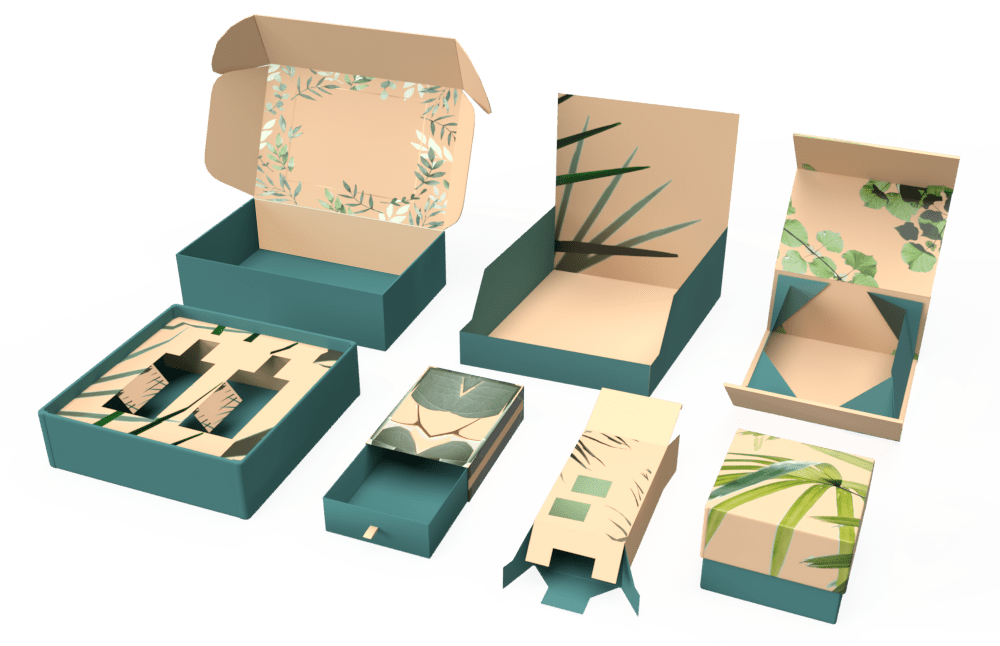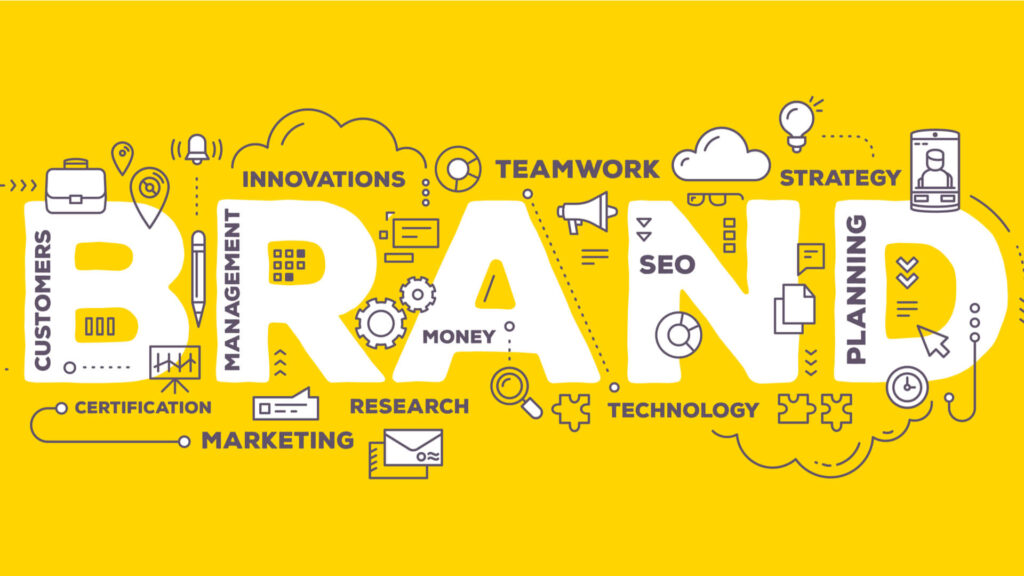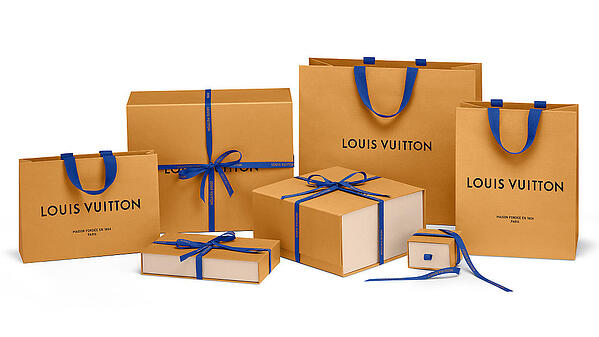
When designing packaging, many elements are needed for a product to be successful. Therefore, putting a lot of thought and planning into the design is essential.
From researching packaging trends in your market to establishing your branding strategy, there are many things to consider and change before you go into production. When selecting a packaging design, let’s look at the top points to be aware of.
Branding and Packaging
In the beginning, you need to understand the product you are selling and how it will fit into your branding, and you need a strong branding strategy. This is essential for your packaging and could be detrimental to your brand image if not appropriately planned. Based on the product you are packing and the other product lines, is the company’s branding plan something you should follow, or should the product be promoted as a separate label?

Corporate Branding Strategies
Some examples of corporate branding strategies include Dell, HP, and Intel. These big brands are well known and trusted for their product lines. However, their products are not as focused as their business.
Sell products that fall under this umbrella, and your business is a nationally renowned brand. Choosing a strategy that focuses on the company logo and corporate branding could be the most effective.
This is not the case if the product you are packaging is unique to other products you are selling or your brand is seen as a negative image in the public eye.
If you are a manufacturer of several consumer products or offline product lines, the branding strategy for your products may be the best way to design your packaging.
Unilever and Bristol Myers Squibb are examples of more prominent brands that differentiate their products using a branding strategy. These big names have significant shares of their products in various consumer goods categories, including fitness and health, personal care, and care.
But they market their products using a specific branding strategy that helps them stand out from the competition, allowing them more flexibility to highlight unique product features instead of using a broader brand image.
If you want flexibility in your brand strategy to focus on the product, create your product packaging to reflect this and keep the simple logo out of focus.
Production and Turnaround Time
One aspect that is often overlooked but vital to the packaging concept is the manufacturing process. There may be a concept that you can’t rely on until it hits you like a lot of bricks.
Consider the time required to make the product, as well as the complexity of the packaging. Consider the time required for packaging, either in bulk or by shipping it in separate packages. Examine the types of packaging you want to use and the speed with which your team will complete the task using the available options.
Discuss time and production with your packaging supplier. If they have a good understanding of your current or future production line and your company, they can help you plan your business. They may arrange regular check-ins or repeat stock orders.
Create Packaging Similar to the Product
Your product is in the spotlight in this case, and the package it is in is the best wingman. Look at the product you’re packing as you search for concepts. Use the product’s colors, textures, and intended use to create a packaging that genuinely reflects the product.

Easy-to-Use Packaging
How do you feel when you receive one of those products in a completely sealed package that requires scissors to open? Be practical when designing your packaging! Your customers will appreciate it.
Be careful not to go overboard, creating completely challenging packaging. Your customers will also appreciate your efforts. Sometimes, the wrong and overly distinctive design can affect your sales.
This can also be useful when you expand your product range or when demand increases and you need to change how you produce. Design your product to be future-oriented to ensure that switching to automation and similar equipment is a breeze.
Product Protection
You have a valuable commodity to sell on the shelves and in the hands of consumers. If your product is fragile and heavy, you may be asked to look at the thickness of the film you are using to wrap your product to ensure safety and durability while handling it.
There are many types of industrial packaging that offer different types of protection. For example, static protection of your electronic devices is crucial to minimizing your risk of damage. Make sure you also consider the evidence of security forgery. Your product should last a lifetime until the end of its life with the product you want for the consumer, so ensure you protect it carefully.
Attract Your Customers
Take into account your ideal client. It is essential to ensure that your products are visible in the store or on the shelf and seen by the most relevant people. Consider the product and who is likely to benefit from it.
For example, a product aimed at men could be targeted by rigid models that are more angular. A feminine product should be placed in a curved and less rigid style, showing its delicate features. Make sure the style is in line with the interests of your consumers, and you will be on your way to a successful packaging design.
Create Packaging Experience
Your packaging should make an impression on people who buy from you. A unique way to do this, with a note of mental acuity, is to use an attractive design. No, literally. If someone looks at you but is not directly in your eyes, do you look at them naturally as if you were feeling that? Integrate people into your design to subconsciously attract customers’ attention.
Another option is to ensure your marketing strategy syncs with the product packaging. Using a well-known marketing strategy with the same patterns, messages, and images can make it easier for a customer to remember your brand or product.
















